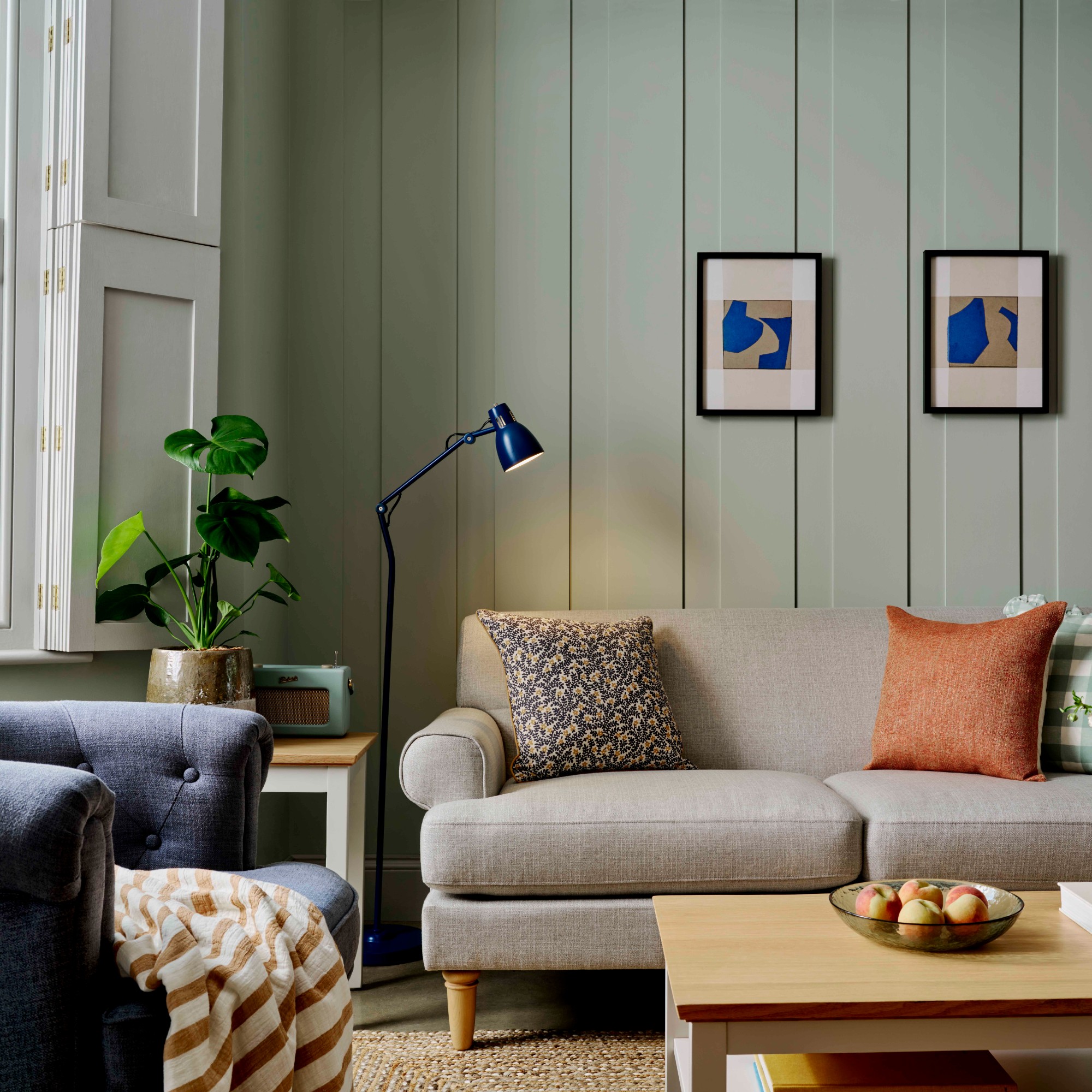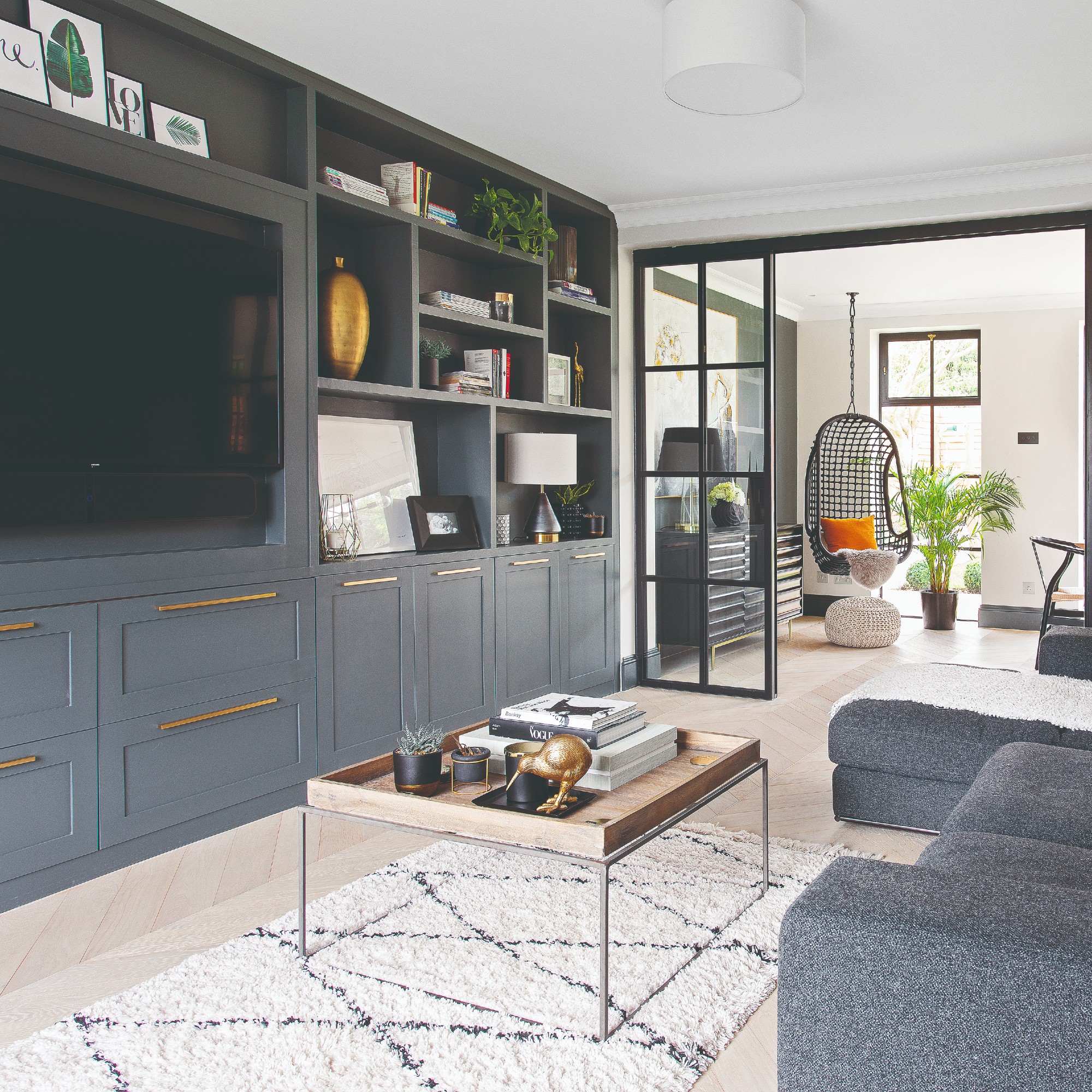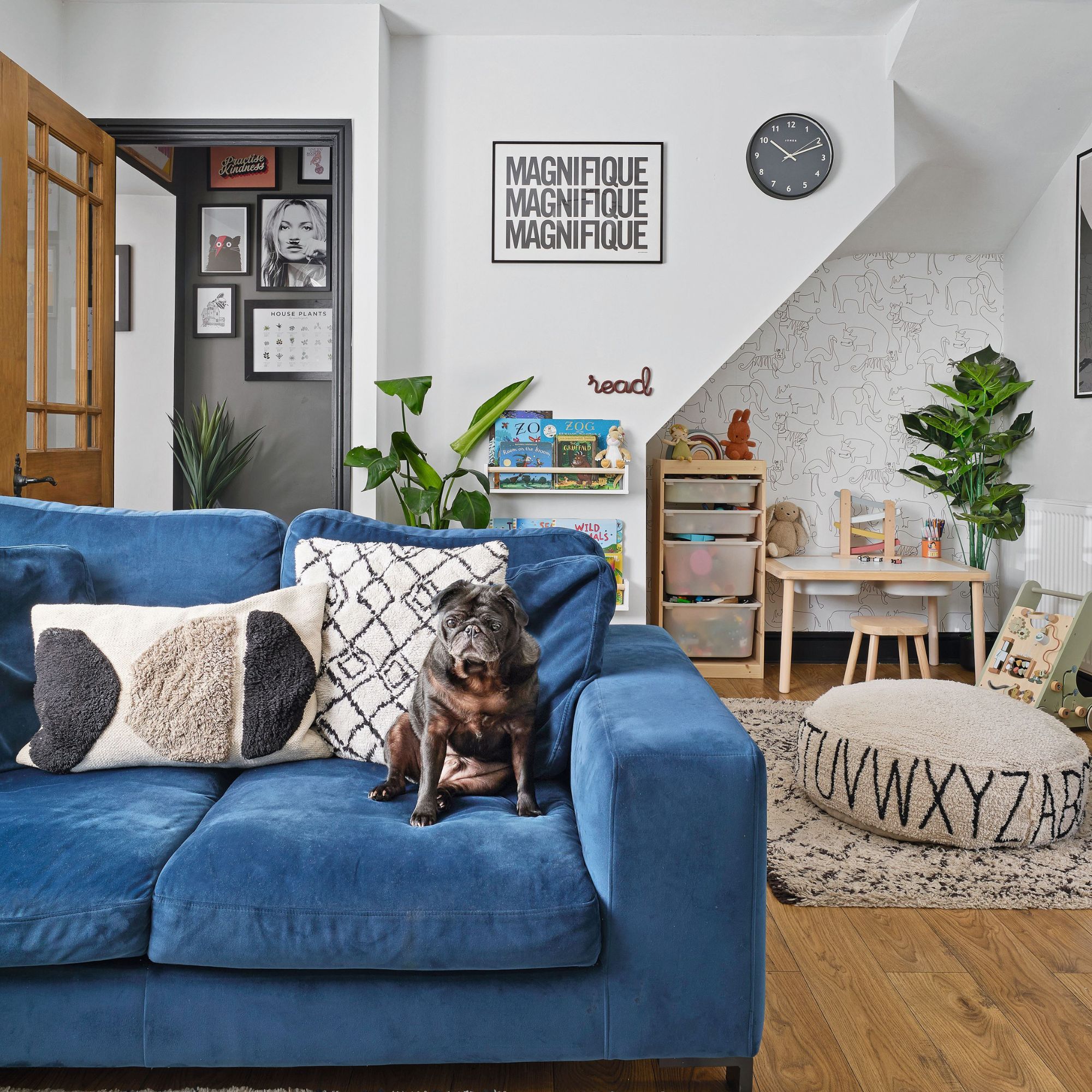
The living room tends to be the heart of a home where everybody gathers to relax, and watch TV. So keeping this room clean should be high on the priority list. And yet, there are several commonly missed areas when cleaning the living room.
Denying these spots the attention and care they deserve when cleaning your living room can result in the space looking dingy, things not working properly and it can even lead to respiratory problems from dust accumulation, according to cleaning experts.
We’re not judging since we, too, have often forgotten about some of these places and items in the living room when cleaning, but we do encourage you to include them in your daily cleaning checklist going forward. It will result in a fresh, tidy-looking and feeling space, trust us.

7 commonly missed living room areas when cleaning
Similarly to making sure you clean the commonly missed areas of the bedroom, doing the same in the living room will lead to a healthier and more pleasant living environment.
‘When you make sure to regularly clean these areas, you'll protect your health and you'll also need to sanitise the surfaces that you and your household members touch often to prevent germs from spreading,’ says Petya Holevich, Fantastic Services' domestic cleaning expert and supervisor. ‘This way, you'll maintain your home's cleanliness and help protect you and your family.’
In addition to this, you will also ‘improve the general appearance of your living space, you can enhance its function and maintain better energy efficiency levels in your household,’ Petya explains.
So without further ado, these are the 7 most commonly missed spots of the living room when cleaning.

1. Behind and under the sofa and furniture
Just like we often miss the areas under kitchen appliances when cleaning the kitchen, behind and under the sofa and other furniture like the TV stand are also areas that rarely get touched.
‘It’s very common for dust and debris to gather behind furniture, especially larger furniture pieces such as sofas, chairs, and TV stands,’ says Sarah Dempsey, cleaning expert at MyJobQuote.co.uk. ‘This is because the areas behind these larger pieces of furniture are out of sight and out of mind.’
Baqir Khan, cleaning expert at Extreme Cleaning, continues, ‘Accumulated dust can worsen indoor air quality and can trigger allergies or respiratory issues. So move the furniture and vacuum or sweep the area thoroughly. Use a damp cloth to wipe down surfaces and remove any stubborn dirt or dust.’
2. Light fittings and lampshades

Forgetting about light fixtures and lampshades when cleaning is the case for most rooms, it’s not exclusive to the living room. But it’s in this room that you might have several light fittings from table and floor lamps to ceiling and wall lights as layering light sources for a cosy feeling is one of the latest lighting trends.
So next time you clean the living room, give each of them a wipe.
‘Dust can easily accumulate on lampshades and light fittings, and this can make the whole room look a bit dingy. You can easily wipe dust away from a light fitting or lampshade with a microfibre cloth. Doing this regularly will prevent dust from building up,’ Sarah advises.
3. Remote controls and other electronics

‘Remote controls are frequently touched but often overlooked when cleaning,’ Baqir says. ‘Cleaning electronics and remote controls can help prevent the spread of germs and bacteria.’
But it’s not just remote controls that are being missed – it’s other electronics too. ‘The backs and tops of electronic devices such as games consoles, TVs and cable boxes can get quite dusty over time,’ Sarah notes.
Before cleaning any electronics, make sure it is switched off and unplugged to keep safe.
‘Use a soft, microfiber cloth slightly dampened with a cleaning solution suitable for electronics. Ensure the cloth is not too wet to avoid damaging the electronics,’ Baqir recommends.
4. Curtains and blinds

Just like shower curtains are often forgotten when cleaning the bathroom, window curtains and blinds usually go untouched in other rooms of the house, including the living room.
‘Curtains and blinds can trap dust, pet hairs, and pollen,’ Sarah warns. ‘Wash your curtains regularly according to the care label.’
When it comes to cleaning blinds, it depends what kind of blinds you have at home since cleaning Venetian blinds is quite different from how you’d clean roller blinds.
5. Light switches and door handles
Just like remote controls, light switches and door handles get touched constantly and therefore make the perfect breeding ground for germs and bacteria.
‘Light switches and door handles are surfaces that are touched regularly and can harbour germs. Wipe them down every now and again with a disinfectant wipe to keep them germ-free,’ Sarah says.

6. Skirting boards
Skirting boards collect a lot of dust and therefore need to be regularly cleaned. But very often, they’re not. And yet there are several ways to clean skirting boards that one could opt for.
‘Skirting boards are often overlooked when cleaning. However, they can collect dust, spiderwebs and scuff marks. Use a vacuum cleaner with a crevice attachment to clean the skirting boards,’ Sarah recommends. The best vacuum cleaners should all come with this style of attachment.

7. Behind and inside the radiator
If you’ve ever looked inside or peeked behind your radiator, you would have been greeted by thick layers of dust. But what’s out of sight is out of mind. Also cleaning the inside of the radiator is a bit complicated due to the difficult accessibility. But knowing how to clean your radiator is certainly important, whether it’s in the living room or the bedroom.
‘Dust and debris can accumulate behind and inside radiators. Cleaning radiators can improve their efficiency and ensure they are functioning properly,’ Baqir explains.
He briefly touches on how to clean it, ‘Use a hoover with a brush attachment to remove dust and debris. Wipe down the exterior of the radiator with a damp cloth.’
Now you have no excuse to forget these crucial spots ever again. Happy spring cleaning!







